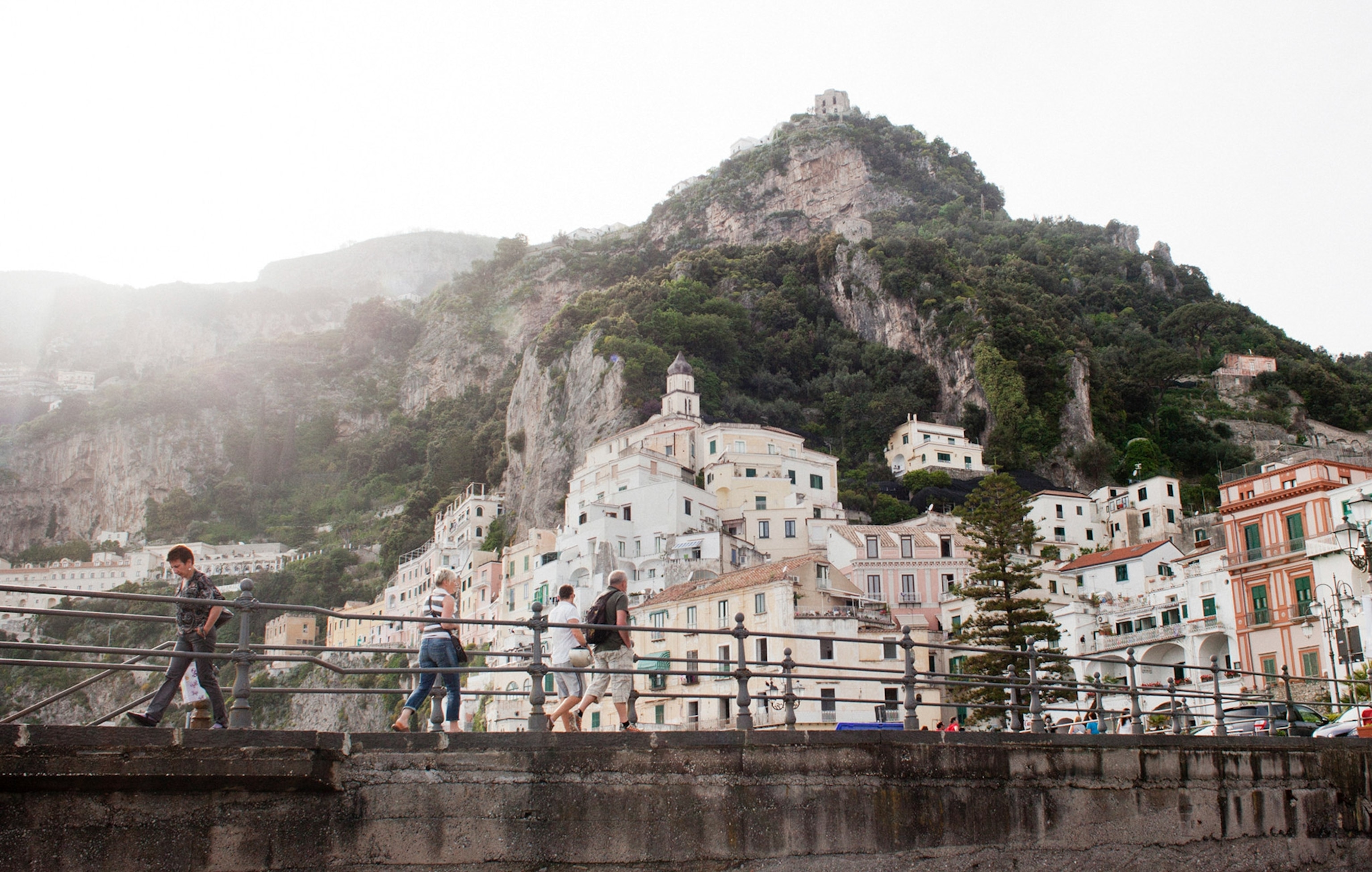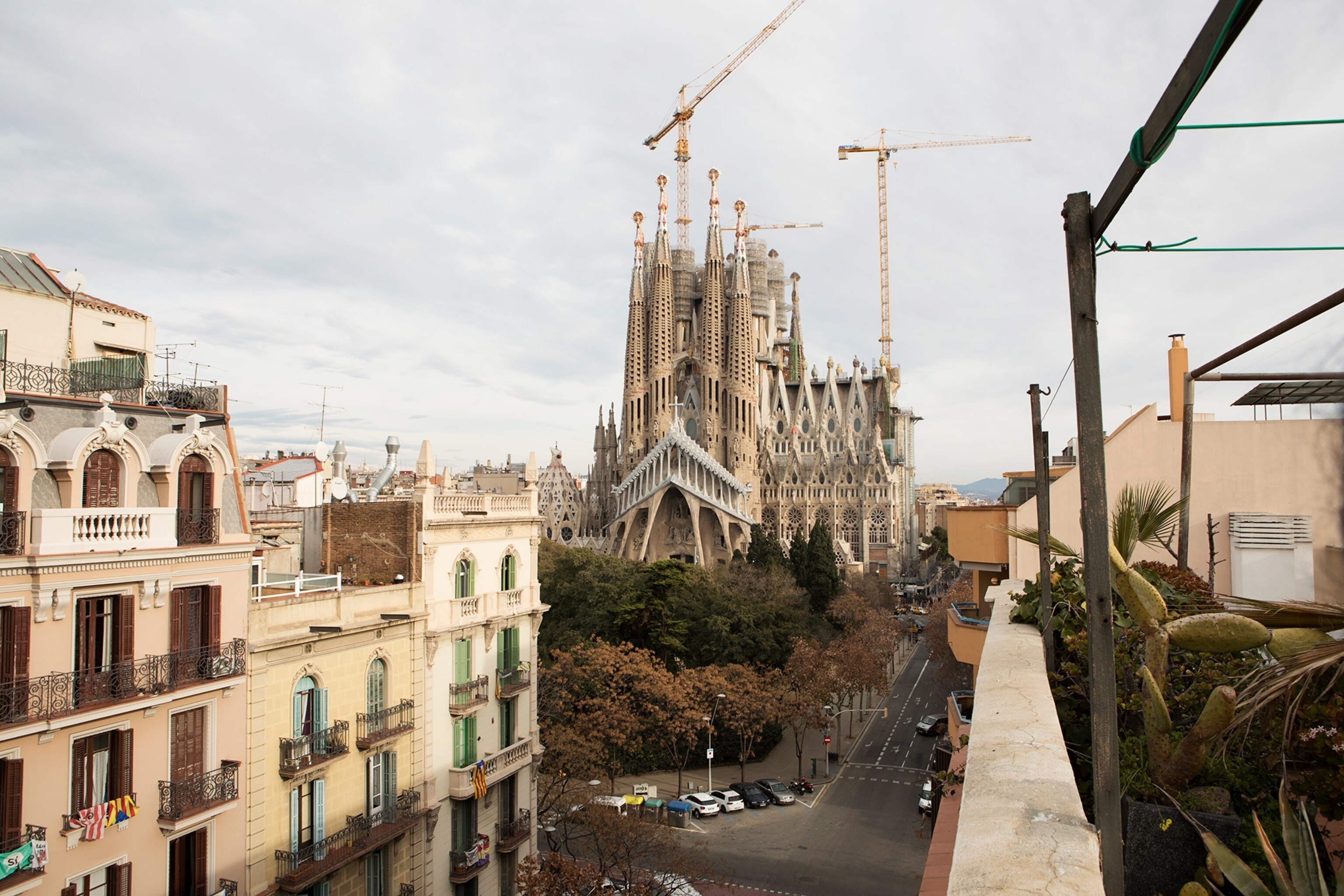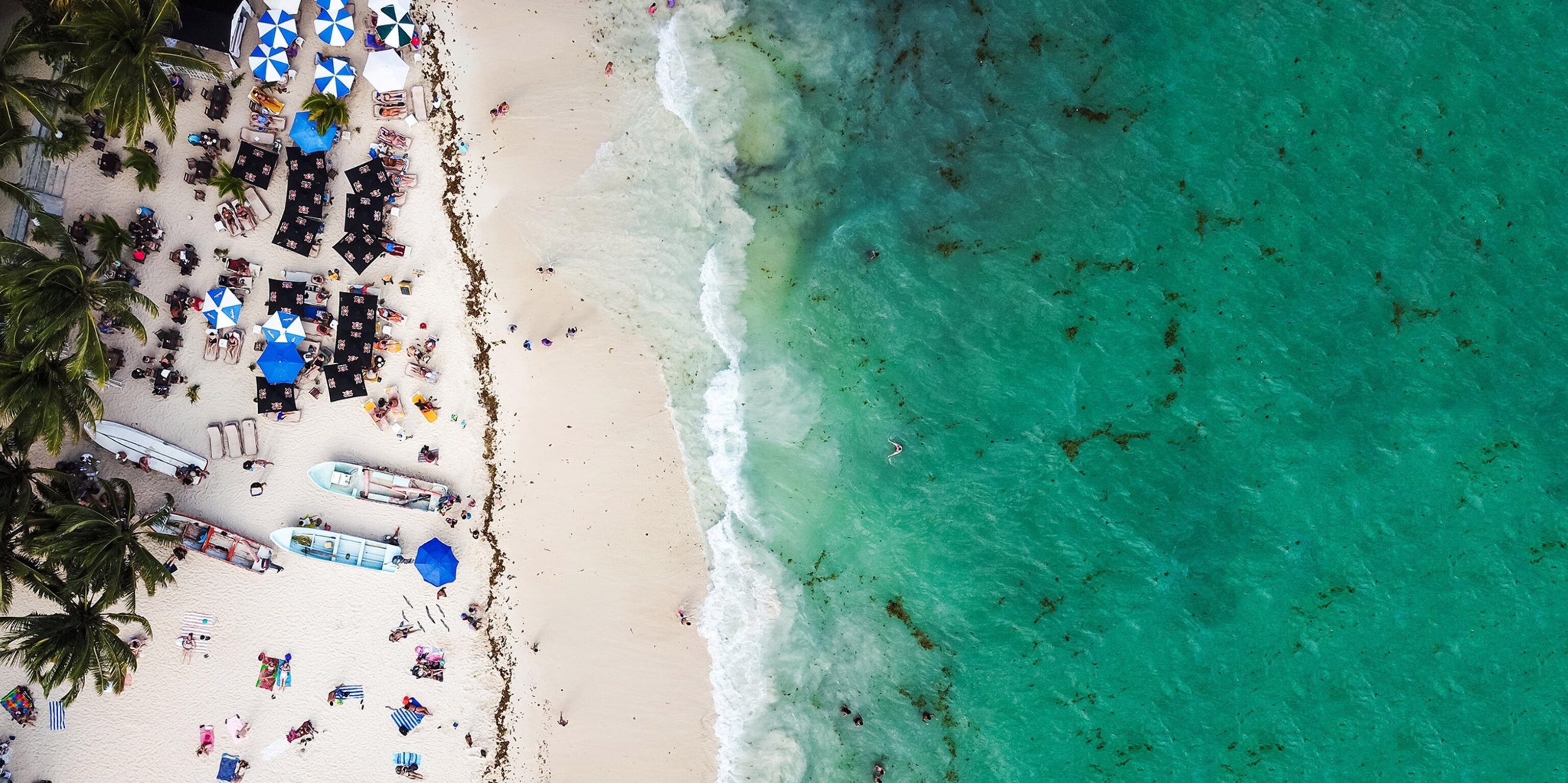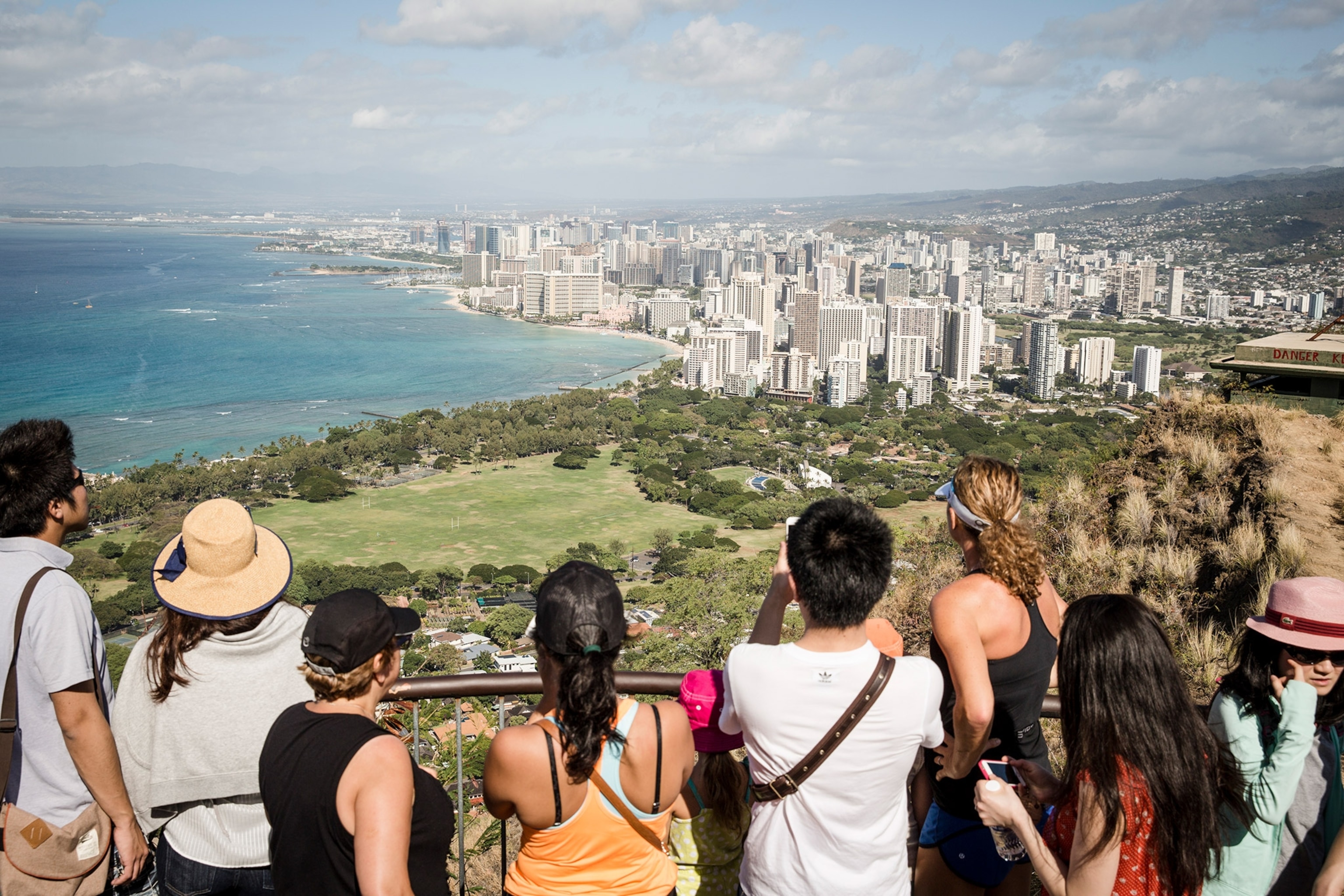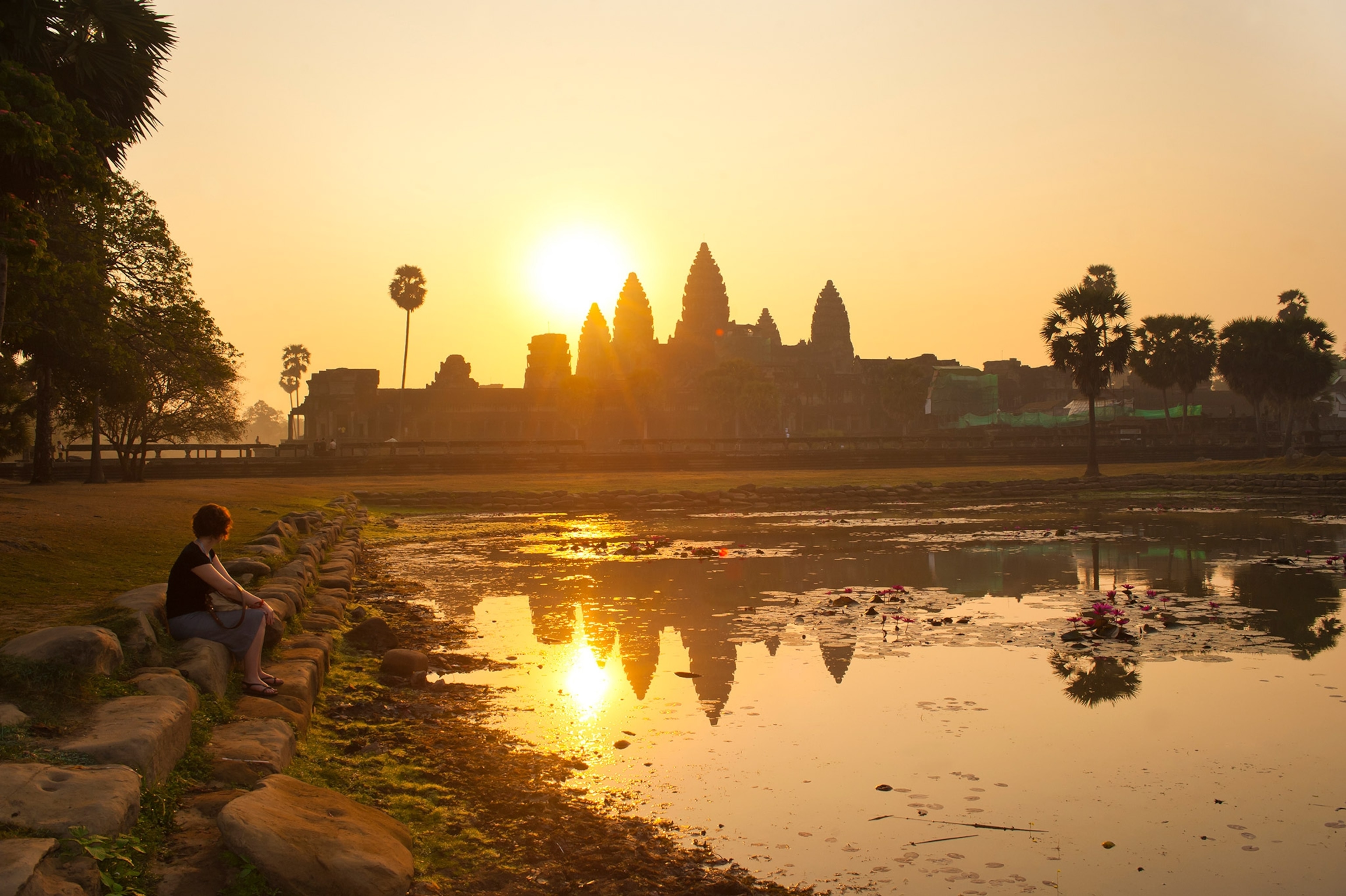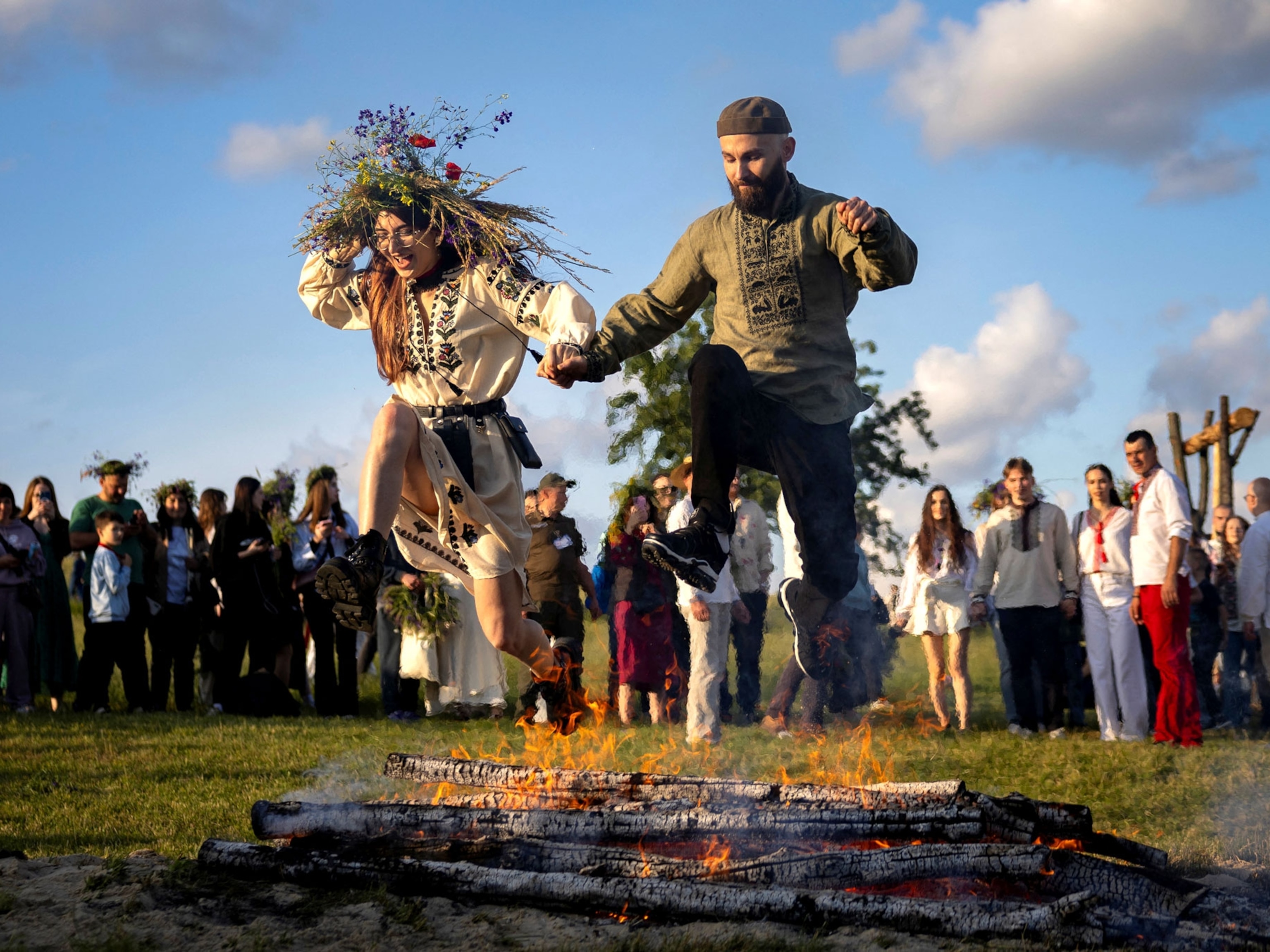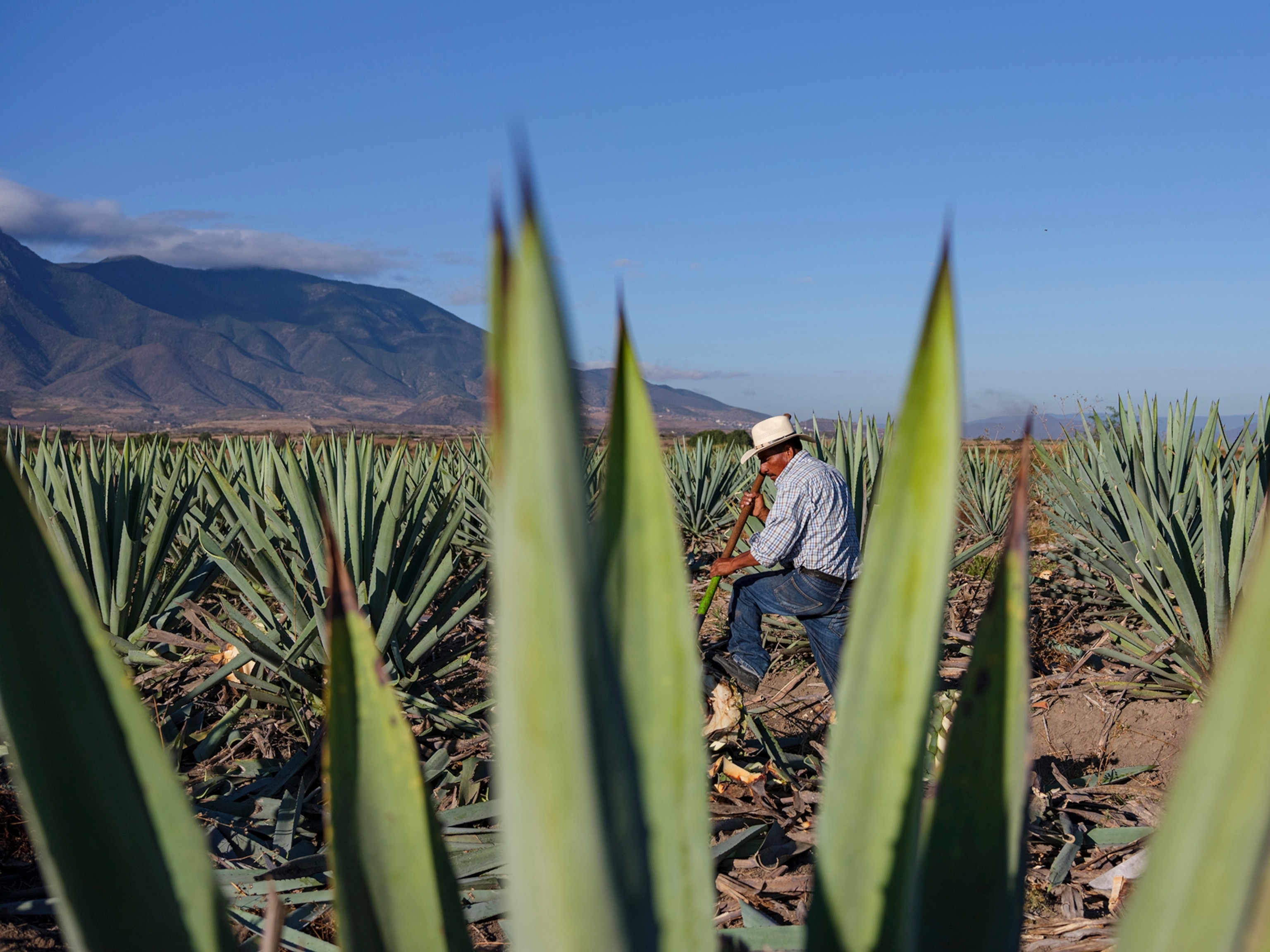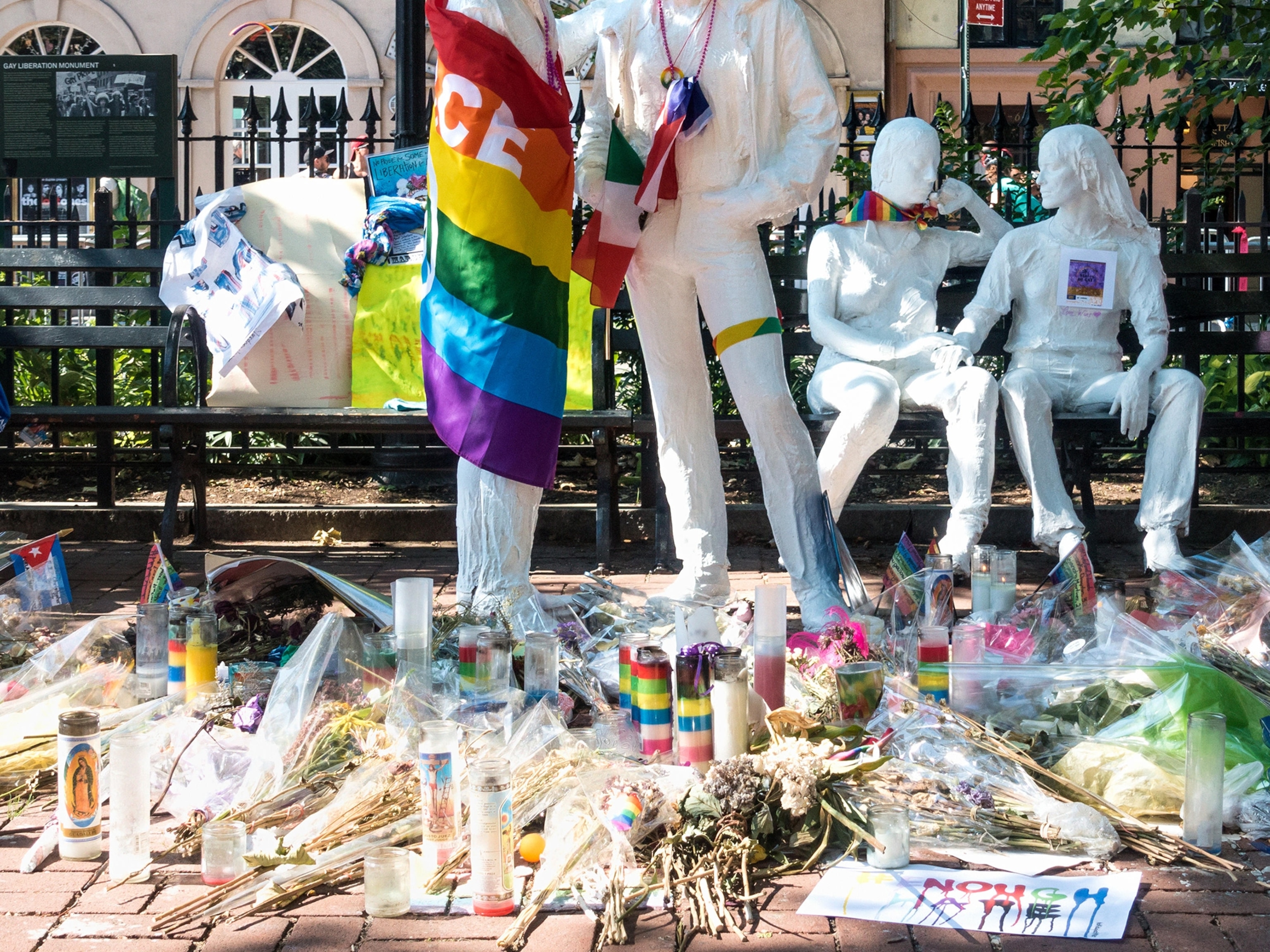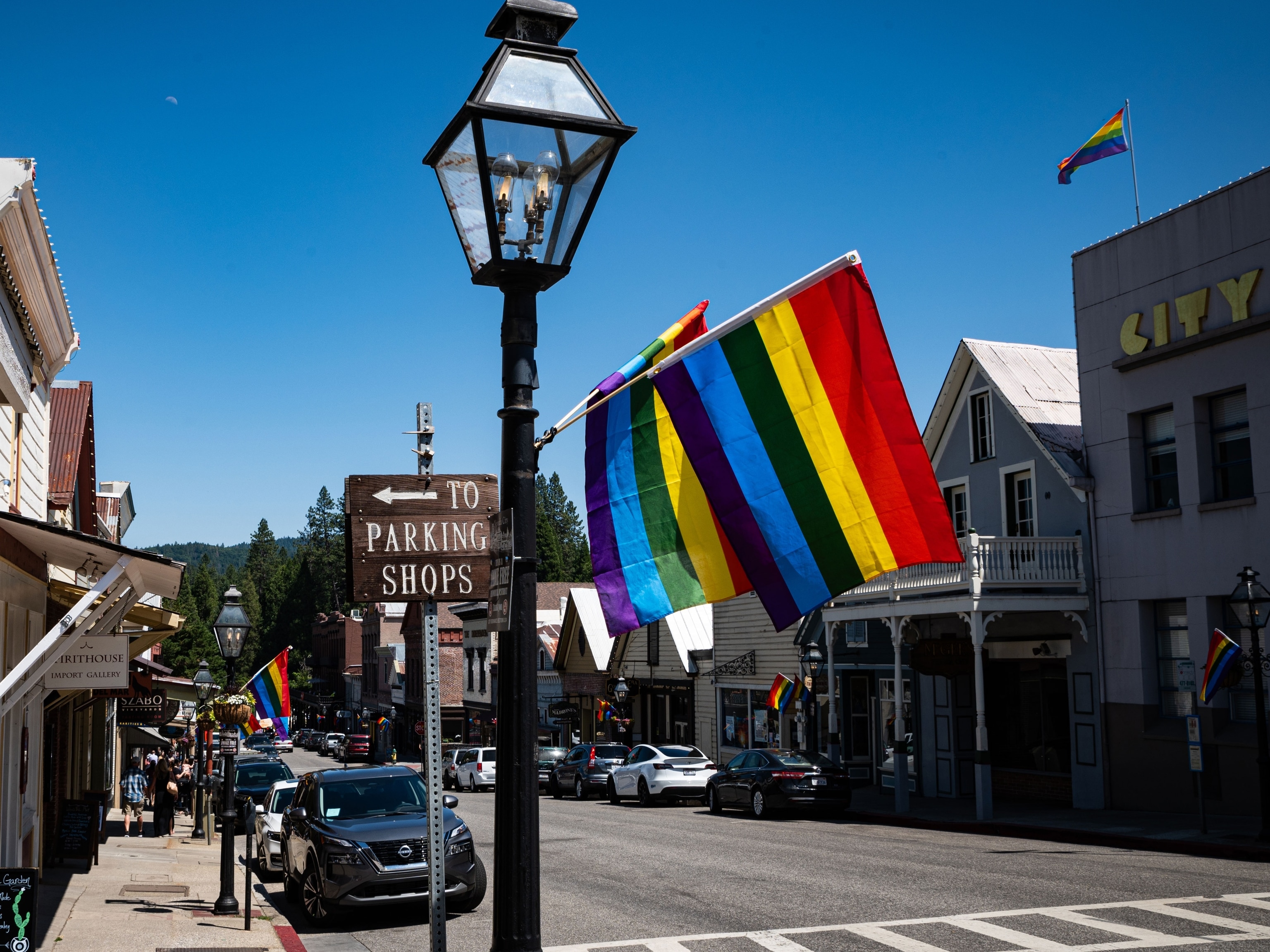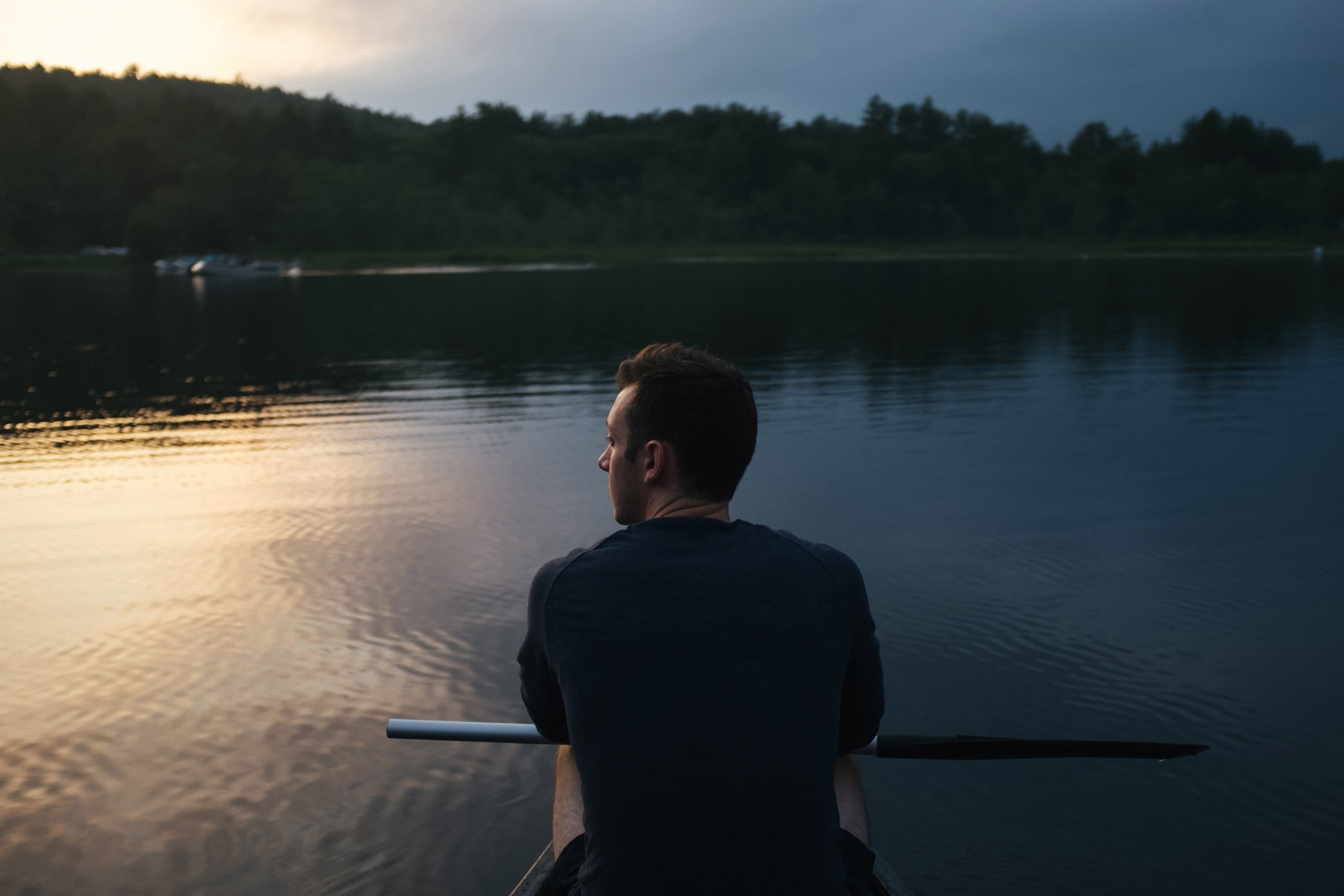
Does travel mean going into the closet? LGBTQ+ tourists face tough choices
There’s safety and comfort to consider—but resources for queer travelers make planning easier.
For three decades, people in the United States and abroad have celebrated October 11 as Coming Out Day, a moment for LGBTQ+ people to embrace their identities publicly.
But coming out isn’t a grand, one-time affair—you’re not in the closet one day and making an announcement at a debutante ball the next. Every new job, every new friend, every new place calls for stepping out from a closet of societal assumptions, in what becomes a constant, lifelong process.
The outing is often subtle: dropping the pronoun of a partner, choosing a particular type of clothing, kissing in public. And every choice not to come out can be a painful denial of self with real consequences, like depression and anxiety.

Travel is a way to learn about different cultures and exchange new perspectives—but threats of violence or fear of discomfort rob that opportunity from millions of potential travelers. Creating environments where LGBTQ+ travelers feel safe coming out makes traveling richer for everyone.
Closeted abroad
I’ve been out for twenty years, since the first time I disclosed my identity at the age of fourteen. However, like many in my community, I have gone back in the closet for certain travels. I wasn’t out for most of my college year abroad in Burgos, a small city in northern Spain. I didn’t want to be judged solely on being a lesbian, and I was also hesitant about what the reactions in the conservative city might be.
While there, I covertly discovered another exchange student was also closeted. We would escape Burgos on weekends, taking the three-hour bus ride to Madrid to explore the bustling, rainbow-adorned gayborhood, Chueca. We’d live in the open, joyously, for hours of dancing, shopping, and people-watching before sprinting for the last Burgos-bound bus of the night.
- National Geographic Expeditions
Chueca was just one of many places I’ve traveled where I felt instantly at home, comforted by my flag and in kinship with my community. When a place welcomes LGBTQ+ travelers, it puts a spotlight on how queer locals are accepted, opening up an opportunity for solidarity between the two groups.
(Related: These monuments honor LGBTQ history around the world.)
By the end of my year abroad, I realized that being gay was an undeniable part of who I was; I came out to many of the friends I’d made in Burgos, knowing them well enough to share my full self with them. I even gained the confidence to spend the following summer fully out in Sofia, Bulgaria, as an intern for what was then the only LGBTQ+ rights organization in the country.
But for many other travelers, whose trips don’t last months, the shorter duration doesn’t allow for that trust to be built.
A constant calculus
Before the pandemic, LGBTQ+ people in the U.S. averaged 6.8 trips per year and spent $63.1 billion annually on travel. LGBTQ+ Americans are also more than twice as likely to have a valid passport than non-LGBTQ+ Americans.
The LGBTQ+ travelers I spoke to cited physical safety as the primary concern for their caution when choosing to come out while on a trip. We ask ourselves: Am I in a city’s gayborhood? Am I alone in a taxicab? Am I in a country where homosexuality is illegal?
“That’s a calculus we sadly have to make,” Scott Gatz of San Francisco tells me. If he feels physically safe, the question for Gatz becomes, “Who is going to hold the discomfort? Me or them?” If someone at a check-out counter sees his wedding ring and asks where his wife is, will he uncomfortably avoid the question—or will he risk flustering the asker by telling them he’s actually married to a man?
(Related: Here are the best destinations for LGBTQ+ families.)

Being LGBTQ+ is not a singular experience. Gender, race, and other intersecting identities play a significant role in choices about whether to come out, as do whether a traveler is alone, with a partner, or with children. Transgender travelers may be outed at the first step of their trip by showing a passport with a years-old photo or going through a body scanner. Every time they show an ID with a birth name—more frequent while traveling than in daily life—is an opportunity for a tense interaction.
Vincent Jones, owner of Citizen Jones Travel, says that he notices how businesses and locals in gay travel hotspots—like Mykonos, Ibiza, and Puerto Vallarta—cater to white gay men, while Black gay tourists like him don’t receive the same treatment. On a recent vacation to Las Vegas from his Los Angeles home, Jones found that the host at an upscale restaurant seemed doubtful that Jones wanted to be seated in the restaurant instead of the lounge: “That was their way of telling me they didn’t think I could afford to eat there.”
Jessica Drucker, the author of How to Move Abroad And Why It’s The Best Thing You’ll Do, told me that while traveling with a female partner, she sometimes considers accepting the hotel staff’s assumption that they booked a king bed by mistake and actually wanted two full beds. “Maybe you let that go and mess up both beds so it looks like both are being slept in,” she says. “I think all gay people know about that awkward moment at the front desk.”
Not alone
In 2007, Gatz was researching B&B options online for an upcoming trip to Boston. He saw a woman’s post on TripAdvisor.com, commenting that there were “a lot of men” in the South End neighborhood; knowing exactly what she meant, he booked there. The next year he founded the company behind GayCities.com—what he calls the “gay TripAdvisor”—to find queer-friendly neighborhoods in the world’s cities. Now, the site is a LGBTQ+ travel hub covering more than 230 cities. Other websites, like that of the International LGBTQ+ Travel Association, also offer resources for LGBTQ+ travelers.
The primary driver for LGBTQ+ people to travel, according to the 2019 survey, is to escape stress. While for straight travelers that could mean a rural retreat, LGBTQ+ travelers are more likely to choose big cities as destinations, and queer-friendliness is their top concern. Logically, a trip is more likely to be relaxing if you’re in a place where the choice to come out is almost always a “yes.”
(Related: Learn how rural queer communities connect through storytelling.)
Drucker has lived in several countries and knows that the signals that might out you in one place, like short hair for lesbians, will be interpreted in an entirely different context somewhere else. Same-sex hand holding, for example, is not seen as romantic in many cultures. “I actually feel safer abroad than in the U.S., in many cases,” Drucker says. “While I might get a dirty look in Cambodia, I might be more likely to be beat up in certain areas of the U.S.”
I love that there’s a LGBTQ+ community almost anywhere I travel: I can stop by a community center or certain café to find my extended family wherever I go. But no one should be required to seek out only certain spaces to feel safe. And though more destinations are welcoming LGBTQ+ visitors—the International LGBTQ+ Travel Association, for example, now includes thousands of member businesses in 80 countries—travelers still face the question of whether to come out.
For Drucker, comfort level is key to a happy trip. “There’s a level of integrity you feel walking by that hotel front desk,” she says, “knowing that you said ‘yes, we are a couple.’”
